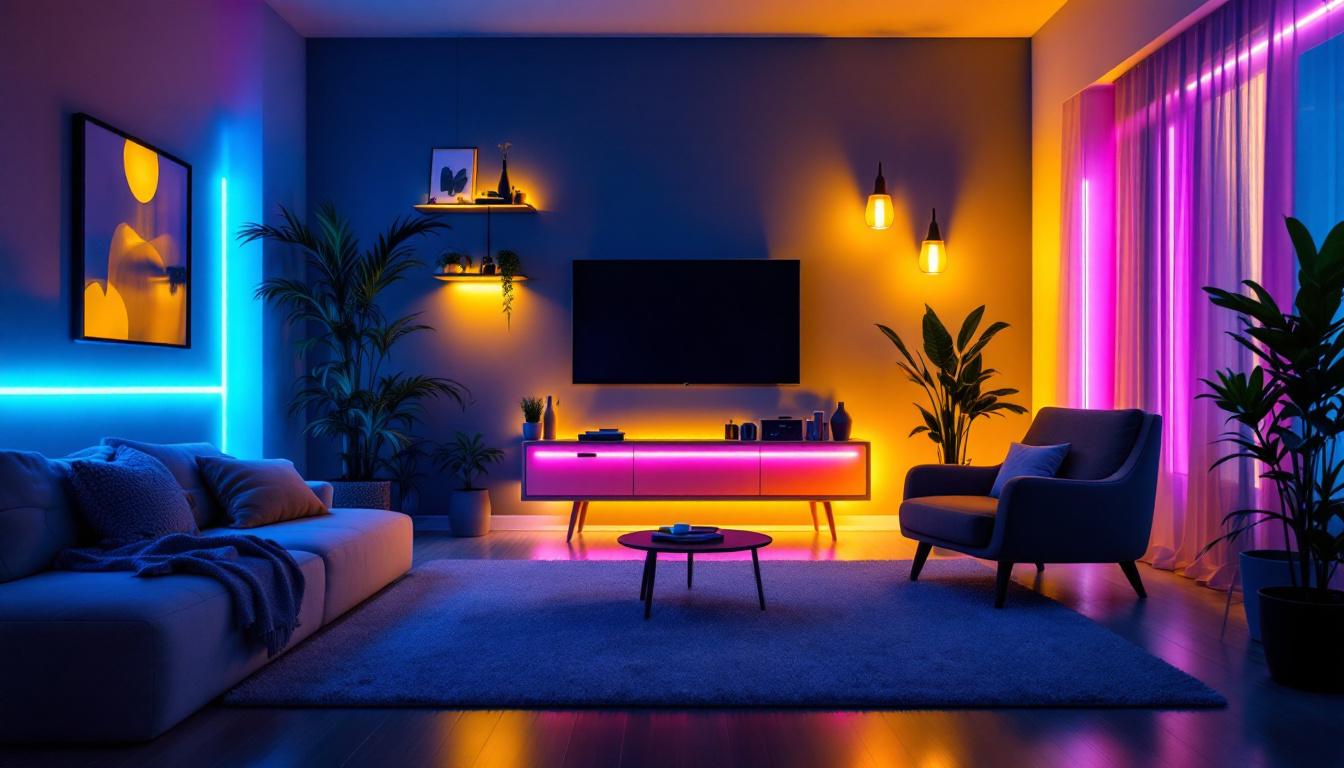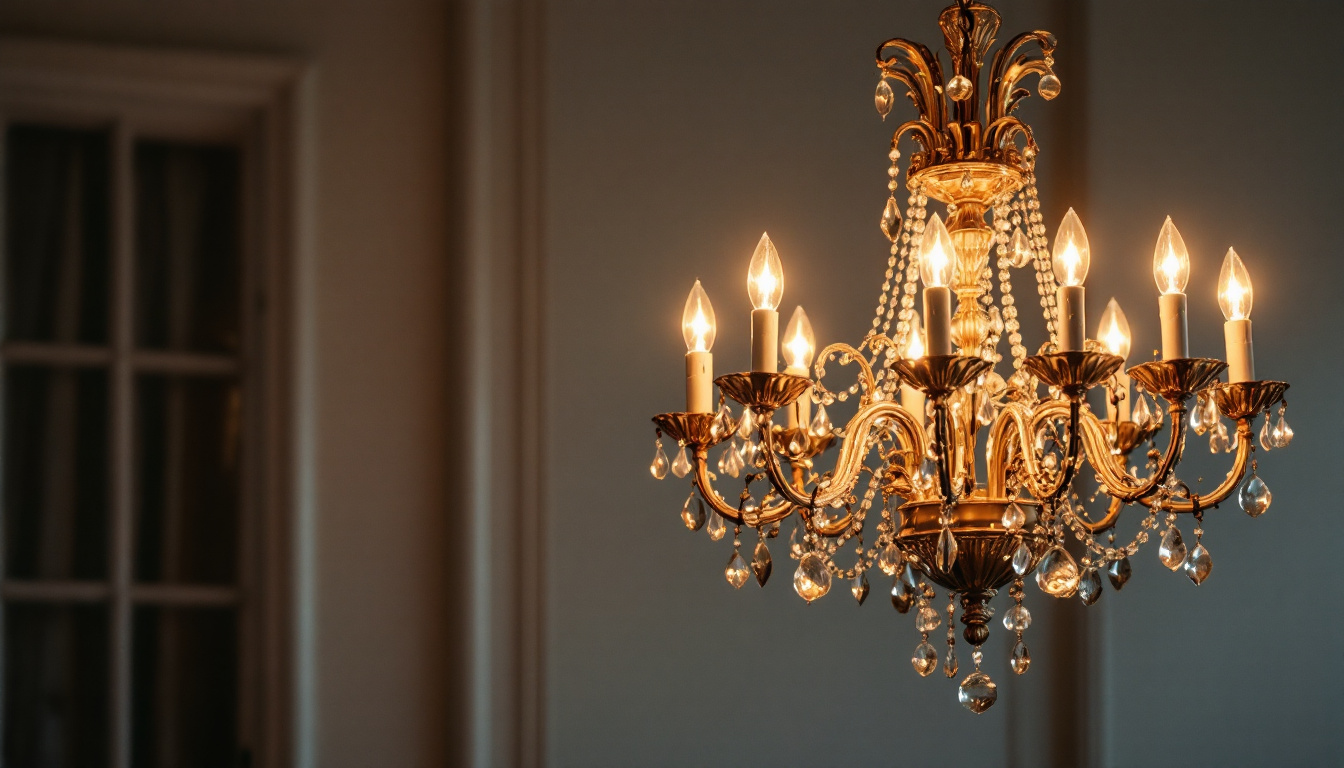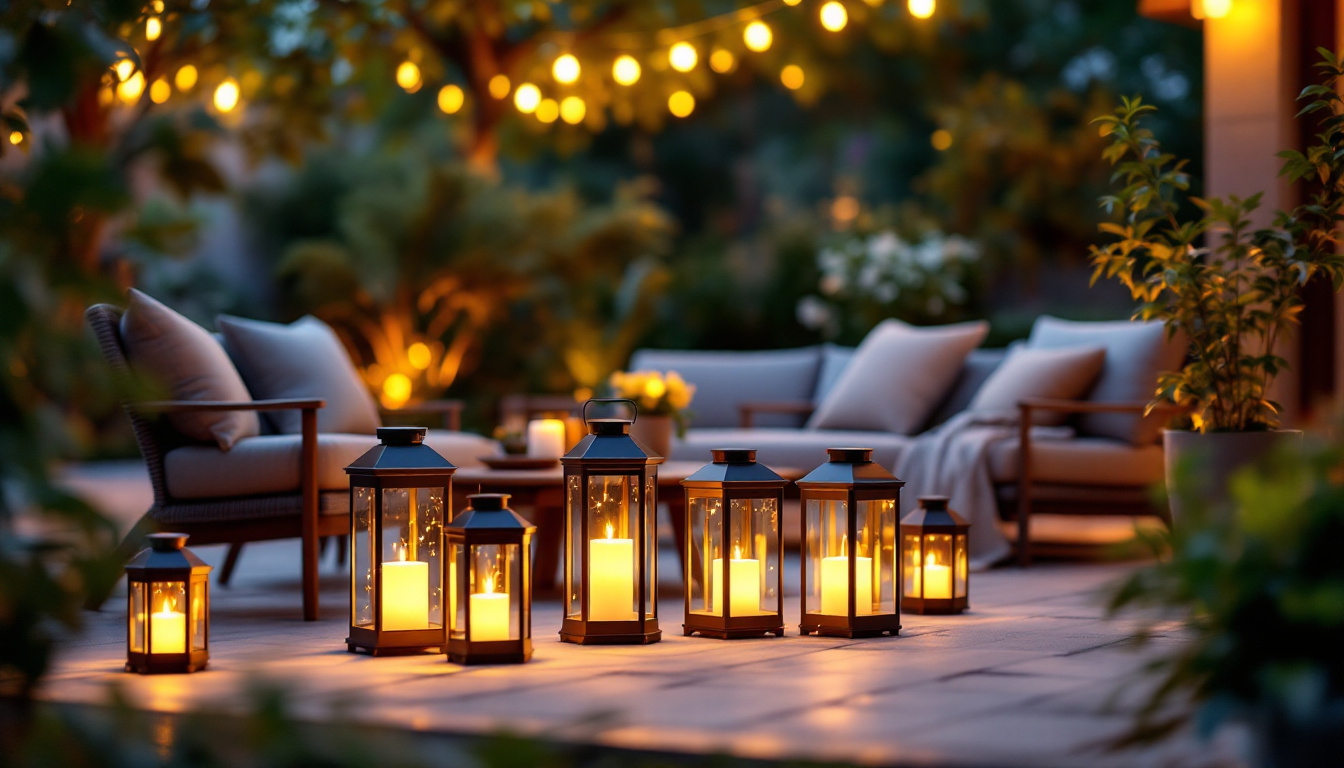
In the ever-evolving world of lighting solutions, LED strip lights have emerged as a versatile and efficient option for both residential and commercial applications. These flexible and energy-efficient lighting sources have transformed the way spaces are illuminated, offering a blend of functionality and aesthetic appeal. For lighting contractors, understanding the role of LED strip lights is essential for providing clients with innovative and effective lighting solutions.
LED strip lights, also known as LED tape lights, are composed of multiple LED bulbs mounted on a flexible circuit board. This design allows for easy installation in various settings, making them a popular choice for both new constructions and renovations. The adaptability of LED strips enables them to be used in a wide range of applications, from accent lighting to task lighting. Additionally, their slim profile means they can be discreetly installed in places where traditional lighting fixtures may not fit, such as under cabinets, along staircases, or even within furniture.
Moreover, the color temperature of LED strip lights can vary significantly, allowing users to choose between warm white, cool white, or even colored options to create the desired ambiance. This versatility not only enhances the aesthetic appeal of a space but also contributes to the functionality of the lighting, making it suitable for different activities, whether it be a cozy movie night or an energetic gathering.
There are several types of LED strip lights available on the market, each designed for specific applications. The most common types include:
In addition to these common types, there are also specialized LED strips such as tunable white strips, which allow users to adjust the color temperature from warm to cool white, providing flexibility for different times of day or activities. Furthermore, smart LED strips can be controlled via smartphone apps or voice commands, integrating seamlessly into smart home systems for enhanced convenience and customization.
LED strip lights come with a host of features that make them appealing to contractors and clients alike. Some of the key benefits include:
Another significant advantage of LED strip lights is their low heat emission. Unlike incandescent bulbs, which can become hot to the touch and pose a burn risk, LED strips remain cool, making them safer for use in various environments. This characteristic also means that they can be used in areas where heat-sensitive materials are present, such as in display cases or behind delicate artwork. Additionally, the low heat output contributes to their energy efficiency, as less energy is wasted in the form of heat.
The versatility of LED strip lights makes them suitable for a wide range of applications. From enhancing the ambiance of a room to providing functional lighting, these strips can be utilized in various settings.
In residential settings, LED strip lights have become increasingly popular for their ability to create mood and enhance design elements. Common applications include:
Moreover, LED strip lights can also be used in bedrooms to create a serene and relaxing atmosphere. By installing them along the perimeter of the ceiling or behind the bed frame, homeowners can achieve a soft, diffused light that promotes a calming environment, perfect for winding down after a long day. Additionally, they are ideal for creating playful and vibrant spaces in children’s rooms, where different colors can be used to stimulate creativity and imagination.
In commercial environments, LED strip lights serve both functional and decorative purposes. They can be found in various applications, including:
Furthermore, LED strip lights are increasingly being used in event spaces and exhibitions to create dynamic environments. By utilizing programmable LED strips, event planners can change colors and patterns to match themes or moods throughout the event, captivating guests and enhancing their experience. This adaptability makes LED strips a favorite choice for trade shows, weddings, and corporate events, where visual impact is crucial for leaving a lasting impression.
When it comes to installing LED strip lights, several factors must be taken into account to ensure optimal performance and longevity. Proper installation not only maximizes the benefits of the lights but also enhances the overall aesthetic of the space.
LED strip lights require a specific power supply to function correctly. It is crucial to choose a power supply that matches the voltage and wattage requirements of the strips being used. Underpowering can lead to dim lighting, while overpowering can damage the strips. Contractors should carefully assess the electrical needs before installation.
Most LED strip lights come with an adhesive backing, making installation straightforward. However, for more permanent solutions or in high-traffic areas, additional mounting options such as clips or channels may be necessary. Ensuring a secure installation will prevent the strips from peeling away over time.
Although LED strip lights generate less heat than traditional lighting, they can still become warm during operation. Proper heat management is essential to maintain performance and longevity. Installing the strips on heat-dissipating surfaces or using aluminum channels can help manage heat effectively.
The lighting industry is continuously evolving, and LED strip lights are at the forefront of several emerging trends. Staying informed about these trends can help contractors provide cutting-edge solutions to clients.
With the rise of smart home technology, LED strip lights are increasingly being integrated with smart systems. This allows for remote control, scheduling, and even voice activation through smart assistants. Such features enhance user convenience and create customizable lighting experiences.
Modern LED strip lights now offer tunable white options, allowing users to adjust the color temperature to suit their needs. This flexibility can enhance productivity in workspaces or create a cozy atmosphere in residential settings. Contractors should be aware of these options to provide tailored solutions for clients.
As sustainability becomes a priority, many manufacturers are focusing on eco-friendly materials and production processes for LED strip lights. This trend not only appeals to environmentally conscious consumers but also aligns with the growing demand for sustainable building practices.
While LED strip lights offer numerous advantages, there are also challenges that contractors may face during installation and usage. Understanding these challenges and their solutions is vital for successful projects.
One common challenge with LED strip lights is achieving color consistency across different strips. Variations can occur due to manufacturing differences or when mixing different brands. To mitigate this issue, contractors should source all materials from the same manufacturer and check for color consistency before installation.
Voltage drop can lead to uneven brightness along the length of the strip, particularly in longer runs. To counteract this, contractors can use shorter lengths of strips powered from both ends or install additional power supplies at intervals. Proper planning during the design phase can help prevent this issue.
While LED strip lights are known for their longevity, dust and debris can accumulate over time, affecting brightness and performance. Regular cleaning and maintenance checks are essential to ensure the lights continue to operate effectively. Educating clients about proper care can enhance their satisfaction with the installation.
LED strip lights have revolutionized the lighting industry, offering flexible, energy-efficient, and aesthetically pleasing solutions for a variety of applications. For lighting contractors, understanding the intricacies of LED strip lights—from their types and benefits to installation considerations and emerging trends—is crucial for delivering exceptional service to clients.
As the demand for innovative lighting solutions continues to grow, embracing the versatility of LED strip lights can set contractors apart in a competitive market. By staying informed about industry trends and addressing potential challenges, lighting professionals can ensure their projects not only meet but exceed client expectations.
Ready to elevate your lighting solutions with the efficiency and elegance of LED strip lights? Look no further than LumenWholesale for a comprehensive selection of spec-grade lighting products. Our commitment to quality and affordability ensures that you have access to the best lighting options on the market, all at wholesale prices. Say goodbye to middleman markups and hello to hassle-free bulk purchases with free shipping. Don’t compromise on quality or cost—choose LumenWholesale for your next project and experience the ultimate in lighting excellence. Discover our unbeatable deals and start transforming spaces today by visiting Wholesale Lighting at the Best Value.

Discover expert tips and innovative strategies for lighting contractors to elevate outdoor spaces with pedestal lights.

Discover the essential insights lighting contractors need to know about chandelier lights.

Discover the transformative power of UV light in commercial cleaning and why it’s becoming an essential tool for lighting contractors.

Discover the ultimate guide to outdoor solar lanterns for patios, featuring expert insights from top lighting contractors.